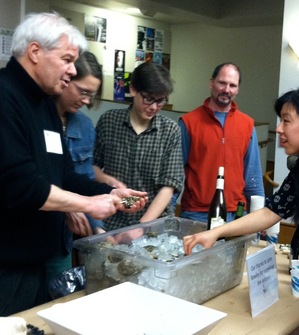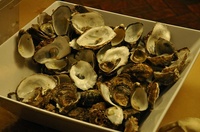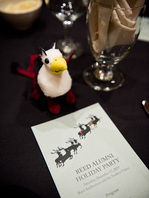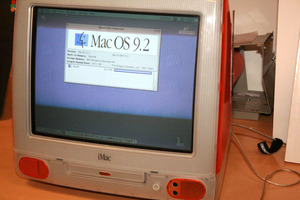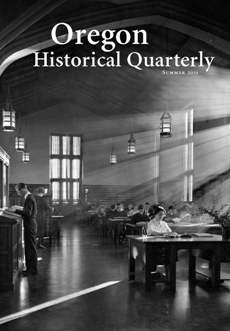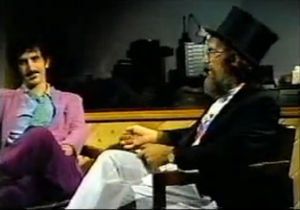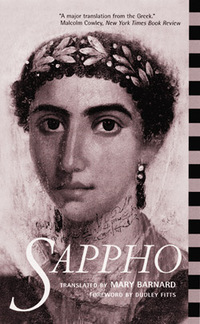THE LADD AND REED LEGACY: Building Portland 1851-2011
Tuesday, June 7, from 8 a.m. through 12:45 p.m.
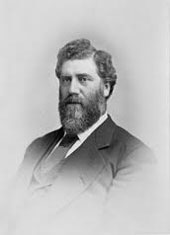
The Ladd and Reed Legacy talk and tour during Centennial Reunions, organized by Richard Ross ’69 MAT, explores and celebrates the lasting impacts of two remarkable Oregon pioneer families on Portland’s development over a century and a half. William S. Ladd was Portland’s most prominent 19th-century business and civic leader, and Simeon Reed was Ladd’s foremost business partner and friend. Ladd and Reed shaped Portland and the Northwest by joint ventures over four decades, in public service, steamboats, telegraphs, macadam roads, model farms, railroads, and iron. Ladd and Reed both arrived in Portland in the 1850s, starting as pioneer liquor dealers, and served on the city council in the crude frontier village known as “Stumptown.” Their sturdy spouses, Amanda Wood Reed and Carolyn Elliott Ladd emigrated together by sea from Boston in 1854 and became lifelong friends.
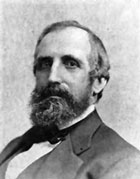
As they prospered together, the Ladds and Reeds pursued a common vision of building a thriving Renaissance city out of soggy Stumptown. In turn, they were driving forces in the formation of Oregon’s educational, cultural, economic infrastructure, and model communities. Amanda Reed’s 1904 will set in motion the final Ladd and Reed partnership, the creation of Reed College (1911), with help from Ladd son and college trustee William M. Ladd. This program shows how the Ladd and Reed family vision built Portland’s strong neighborhoods, its civic, educational, and economic institutions, and the vibrant downtown of today.
Tour visits five Ladd and Reed living legacies:
1. Oregon Iron Company, Oregon Iron and Steel (1865-1894) Lake Oswego
Guides: Marylou Colver, Susanna Kuo, Lake Oswego historians
Dominant Northwest iron producer for the “Pittsburgh of the West.” Company town supplied construction of Northwest railroads, pipelines, bridges, and Portland’s ironfront buildings. Iron lands around Lake Oswego (Sucker Lake) became the basis of the 20th-century suburb.
2. The Ladd Carriage House (1883) SW Broadway
Guide: Jim Heuer, Friends of the Ladd Carriage House
Last remnant of the Ladd family’s former downtown estate and an elegant, rare survivor of prestigious 19th-century South Portland, where the Ladds and Reeds both lived.
3. The Reed Building (1890) SW 1st and Ankeny
Guide: Amy Kohnstamm, Mercy Corps
Simeon Reed’s solid four-story brick and stone warehouse, once in Portland’s business core at Skidmore Fountain, houses Mercy Corps world headquarters today.
4. Ladd’s Addition (1891)
Designed by William S. Ladd himself, thrives today as a national and regional icon for green and walkable neighborhoods and “New Urbanism.” First of many notable Portland neighborhoods created by the Ladd Estate Company under William M. Ladd out of Ladd farms and holdings: Laurelhurst (1909), Eastmoreland (1910), Dunthorpe, and Lake Oswego, all landmark communities of the 20th century.
5. Reed College (1911)
Celebrates its centennial in 2011-12, was endowed by Amanda Reed, on part of William S. Ladd’s Crystal Springs Farm donated by trustee William M. Ladd.
Schedule:
• 8 a.m. PowerPoint Talk at Vollum Lounge, Reed campus
• 8:30 a.m. Board a Raz bus at Eliot Circle for Lake Oswego
• 11:15 a.m. Ladd’s Addition, coffee break and restrooms at Palio (the Elm Room), Ladd Circle
• 12:45 p.m. Tour concludes with wrap-up comments on the founding of Reed College
The cost for this half-day tour is $20. Sign up by sending email to alumni@reed.edu.
Presenter and guide (except where noted):
Richard N Ross ’69, American Institute of Certified Planners
H: 503/235-8194 C: 503/807-0612 richardnross@earthlink.net
• Urban and regional planner in Oregon 1977-2011, teacher of Oregon and US history 1970-79
• BA in History Middlebury College, MAT Reed College, MUP Portland State University
• Led regional coalition to restore the Historic Columbia River Hwy (1986-92)
• Ladd’s Addition community leader and resident 1976-2011
